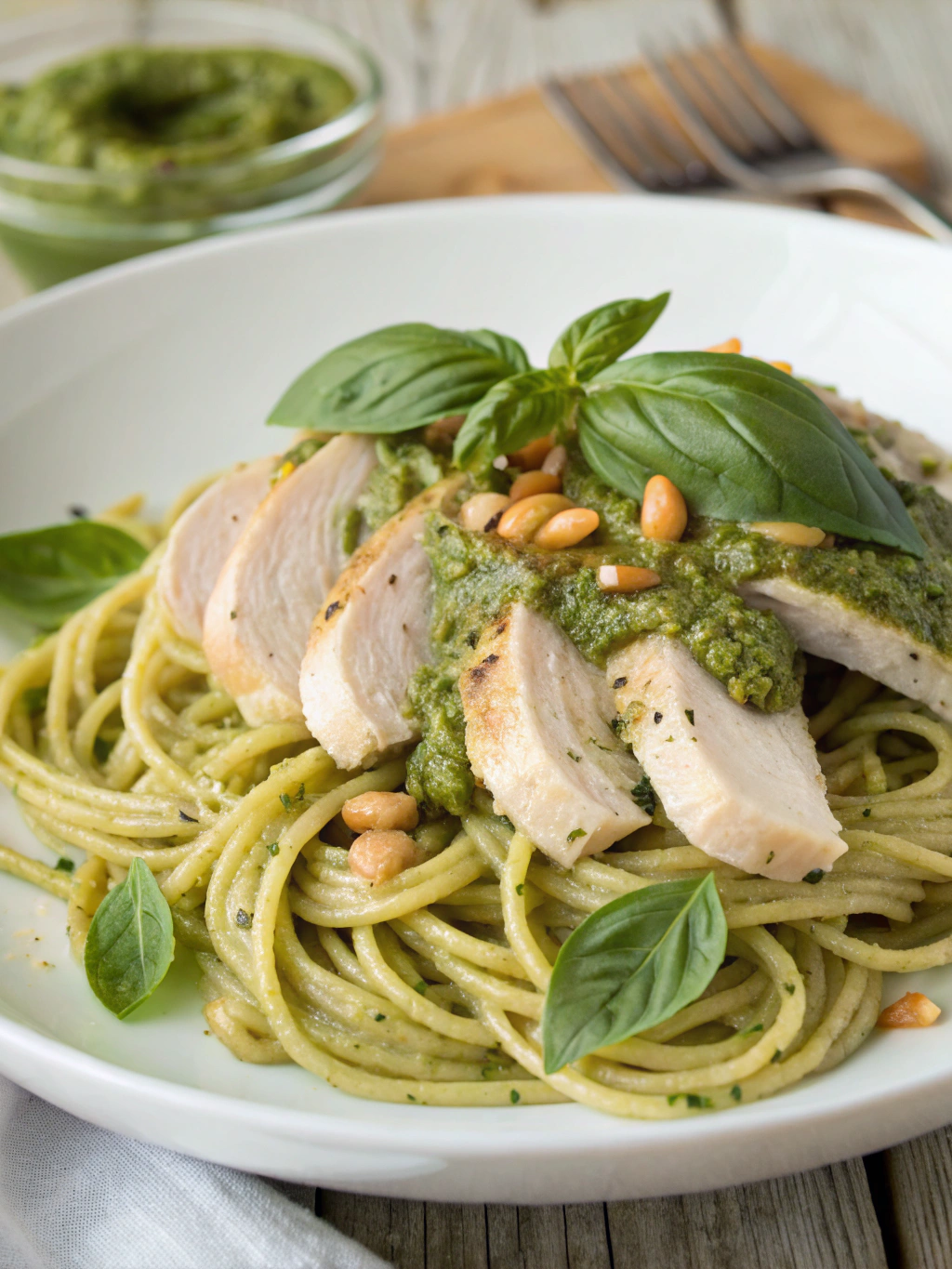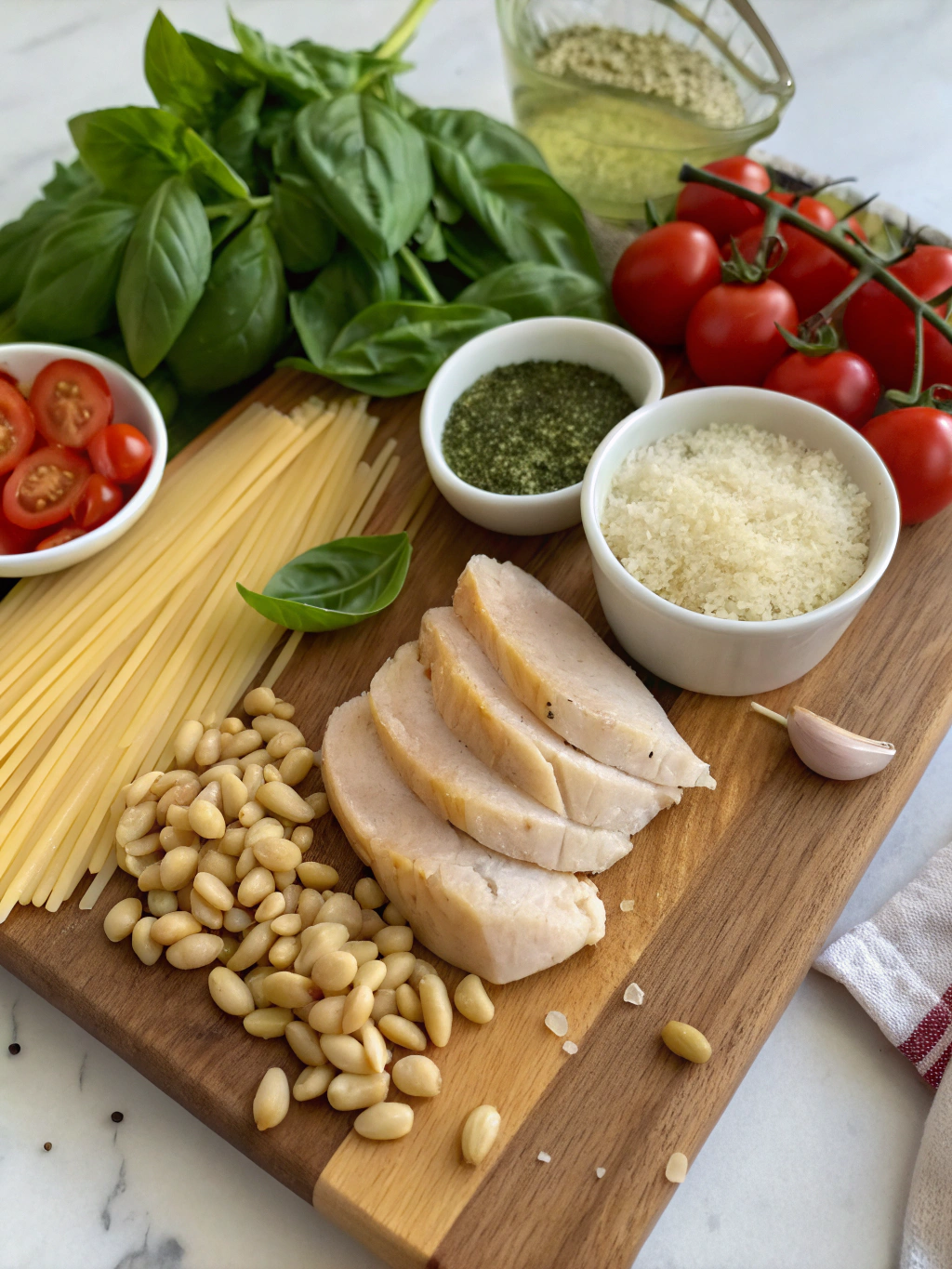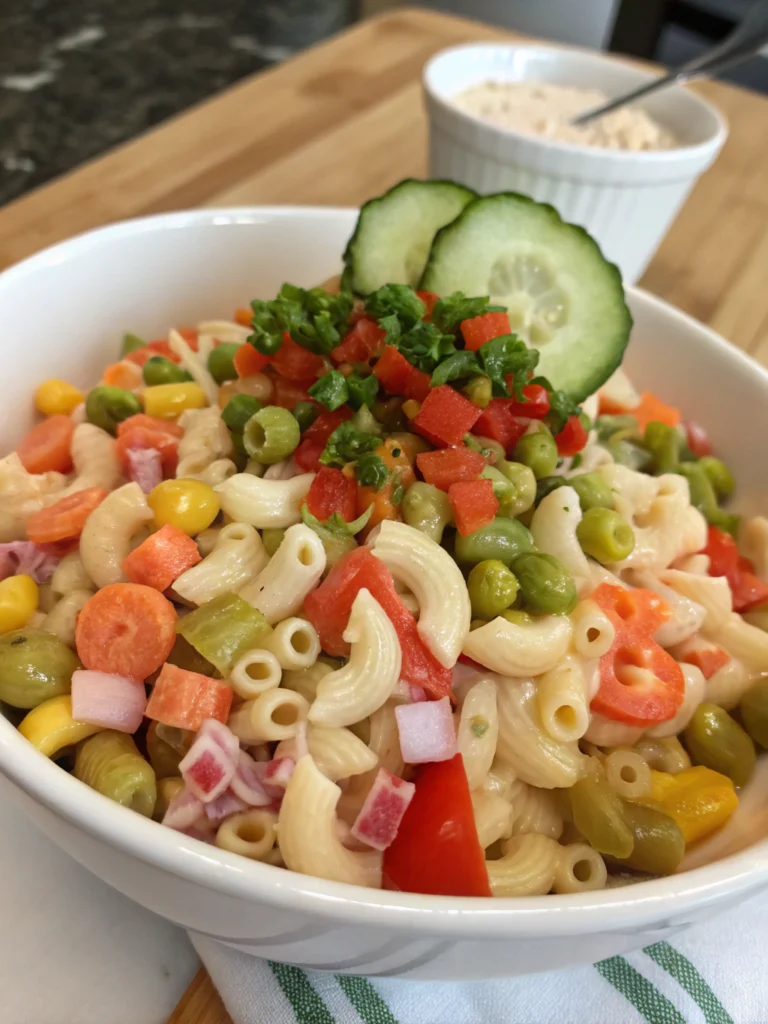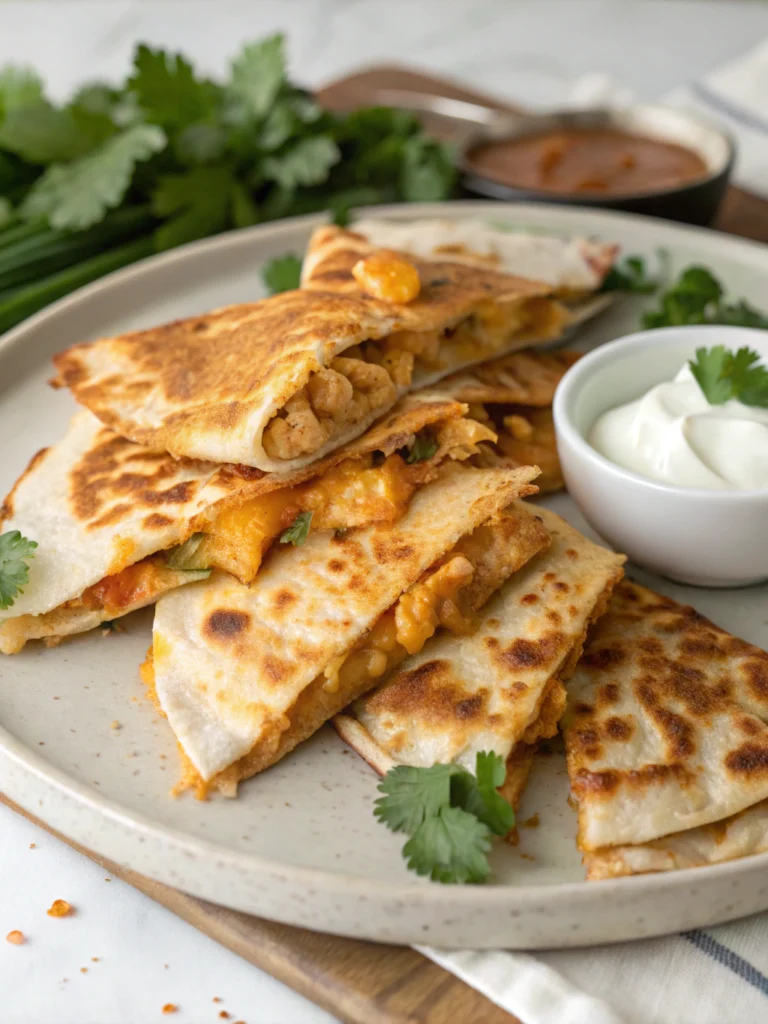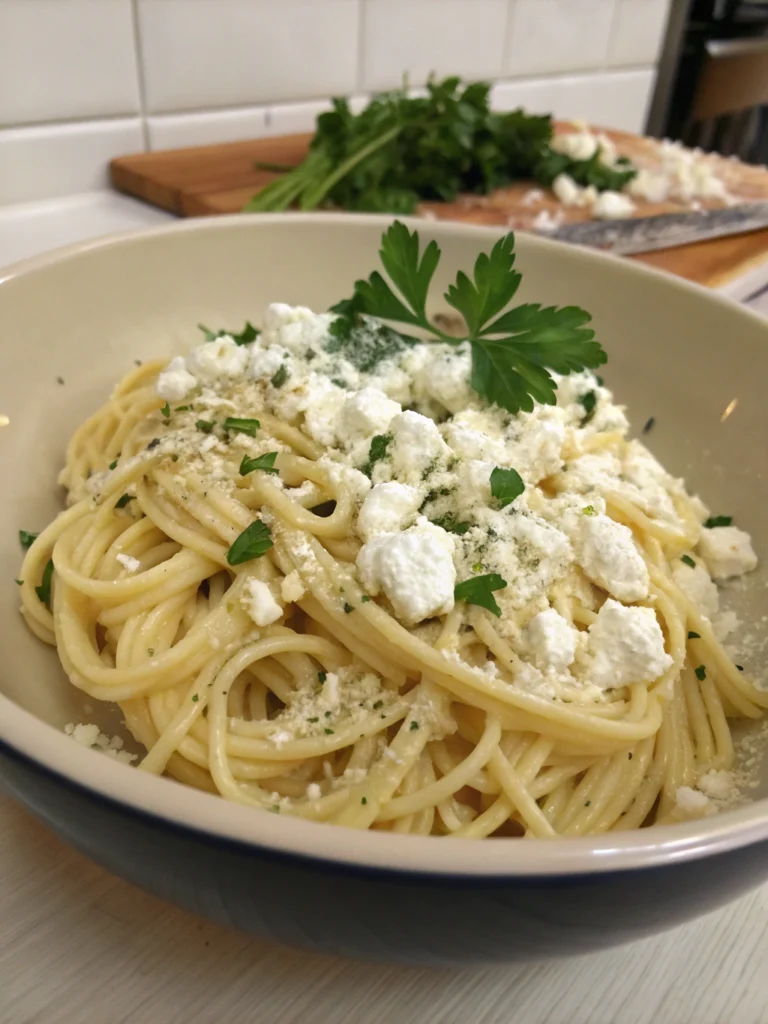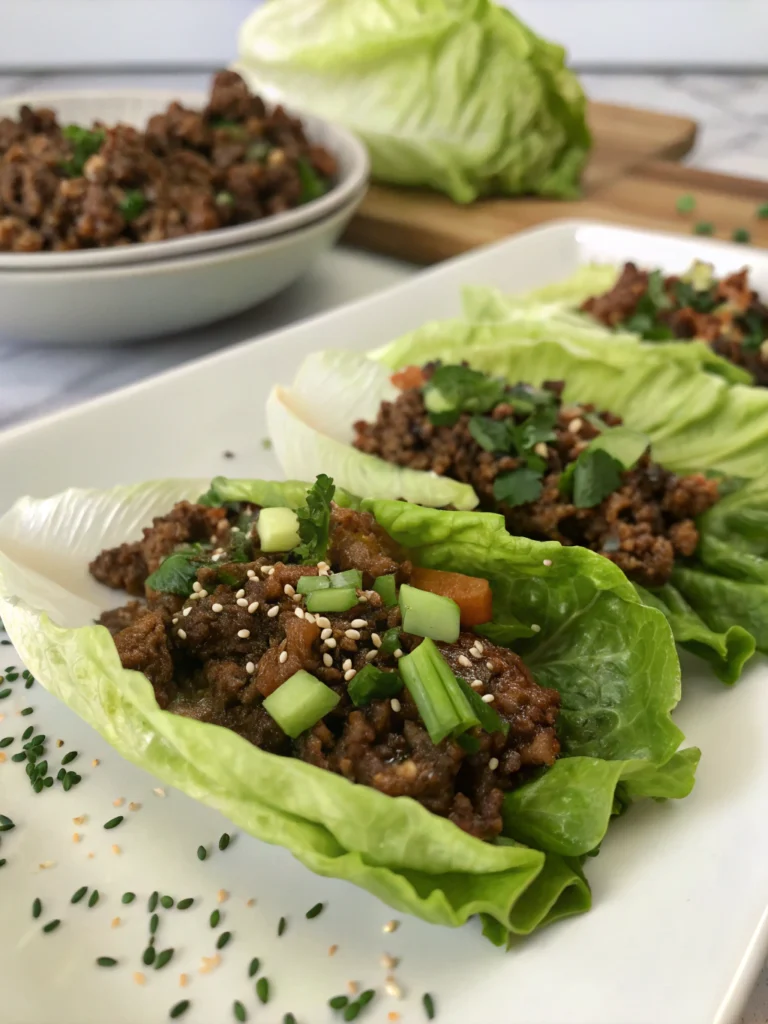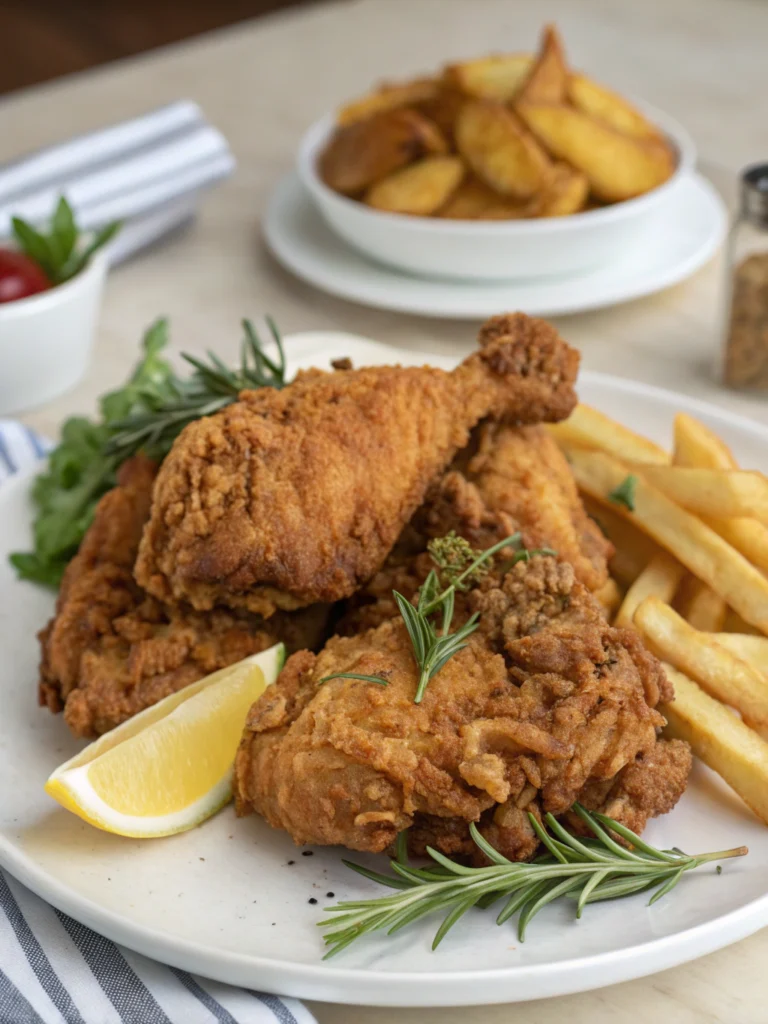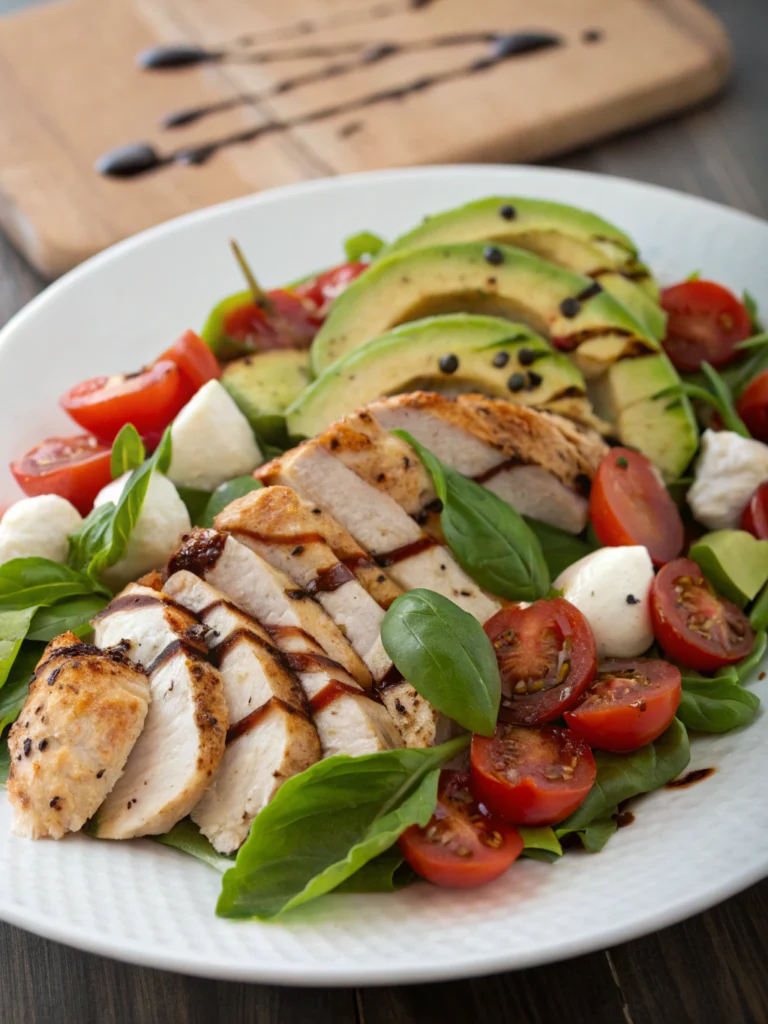Chicken Pesto Pasta
A vibrant and flavorful dish combining tender chicken, al dente pasta, and fresh homemade pesto sauce. This 30-minute meal is perfect for busy weeknights while still delivering restaurant-quality flavor that the whole family will love.
Easy Chicken Pesto Pasta Recipe
There’s something truly magical about the combination of fragrant basil pesto, juicy chicken, and perfectly cooked pasta that makes chicken pesto pasta a timeless favorite. This classic Italian-inspired dish transforms simple ingredients into a vibrant, flavorful meal that works beautifully year-round but especially shines during summer when fresh basil is abundant and at its peak flavor.
What makes this chicken pesto pasta recipe stand out is its perfect balance of simplicity and sophistication. The bright, herbaceous qualities of homemade pesto elevate ordinary chicken and pasta into something truly special, while the entire dish comes together in just 30 minutes – making it ideal for both weeknight dinners and casual entertaining.
THIS RECIPE:
- Ready in just 30 minutes from start to finish
- Uses fresh, bright ingredients for maximum flavor
- Easily customizable with seasonal vegetables
- Perfect balance of protein, carbs and healthy fats
| Recipe Details | Information |
|---|---|
| Prep Time | 10 minutes |
| Cook Time | 20 minutes |
| Total Time | 30 minutes |
| Servings | 4 people |
| Yield | 4 cups |
This chicken pesto pasta recipe has become my go-to dinner solution when I want something that tastes like it took hours but actually comes together in minutes. The combination of tender chicken, perfectly cooked pasta, and vibrant homemade pesto creates a dish that feels simultaneously comfort-food satisfying and restaurant-worthy elegant. Even better, it’s incredibly versatile – easy to adapt based on what’s in season or what you have on hand.
Ingredients for Chicken Pesto Pasta
The beauty of chicken pesto pasta lies in the quality of its ingredients. Since this recipe has relatively few components, each one contributes significantly to the final flavor. Whenever possible, opt for the freshest ingredients you can find, especially for the pesto elements.
Main Ingredients:
- 12 oz (340g) pasta (penne, fusilli, or farfalle work best)
- 1 lb (450g) boneless skinless chicken breasts, cut into 1-inch pieces
- 3 tablespoons olive oil, divided
- 3/4 cup homemade pesto sauce (recipe below)
- 1/2 cup reserved pasta water
- 1/2 cup cherry tomatoes, halved
- 1/4 cup grated Parmesan cheese, plus more for serving
- 2 cloves garlic, minced
- 1/2 teaspoon salt
- 1/4 teaspoon black pepper
- Red pepper flakes (optional, for heat)
For Homemade Pesto:
- 2 cups fresh basil leaves, packed
- 1/3 cup pine nuts (toasted for enhanced flavor)
- 2 garlic cloves
- 1/2 cup freshly grated Parmesan cheese
- 1/2 cup extra virgin olive oil
- 1/4 teaspoon salt
- 1/8 teaspoon freshly ground black pepper
When selecting chicken, opt for organic or free-range if possible – the improved flavor makes a noticeable difference in this dish. For pasta, choose shapes with ridges or curves that can trap and hold the pesto sauce, ensuring every bite is packed with flavor.
| Ingredient Category | Recommended Quantity | Quality Tips |
|---|---|---|
| Pasta | 12 oz (340g) | Choose bronze-die extruded pasta for better sauce adhesion |
| Chicken | 1 lb (450g) | Free-range or organic provides best flavor |
| Basil | 2 packed cups | Look for vibrant green leaves with no dark spots |
| Olive Oil | 3 tbsp + 1/2 cup | Use extra virgin for pesto, regular for cooking |
| Pine Nuts | 1/3 cup | Toast before using to enhance nutty flavor |
| Parmesan | 3/4 cup total | Freshly grated from a block, never pre-grated |
How to Make Chicken Pesto Pasta
Making chicken pesto pasta involves three main components: preparing the pesto (if making homemade), cooking the chicken to juicy perfection, and boiling the pasta. The beauty of this recipe is that you can work on multiple elements simultaneously, bringing everything together in about 30 minutes.
For the homemade pesto:
- Toast pine nuts in a dry skillet over medium heat for 2-3 minutes, stirring frequently until golden and fragrant. Let cool completely.
- Add basil, cooled toasted pine nuts, garlic, and Parmesan to a food processor.
- Pulse several times until coarsely chopped.
- With the processor running, slowly drizzle in olive oil until smooth.
- Season with salt and pepper, then set aside.
For the chicken pesto pasta:
- Bring a large pot of heavily salted water to a boil for the pasta.
- While waiting for water to boil, season chicken pieces with salt and pepper.
- Heat 2 tablespoons olive oil in a large skillet over medium-high heat.
- Add chicken to the hot pan in a single layer (work in batches if needed). Cook for 4-5 minutes, turning occasionally, until golden brown and cooked through (internal temperature of 165°F/74°C). Transfer to a plate.
- In the same skillet, add remaining 1 tablespoon olive oil and minced garlic. Sauté for 30 seconds until fragrant.
- Meanwhile, cook pasta according to package directions until al dente. Before draining, reserve 1/2 cup of pasta water.
- Add cooked pasta, chicken, pesto, and cherry tomatoes to the skillet with the garlic. Toss gently to combine.
- Add splashes of reserved pasta water as needed to create a silky sauce that coats the pasta.
- Stir in grated Parmesan cheese and toss until melted and incorporated.
- Taste and adjust seasoning if needed.
Remember that pasta will continue cooking slightly after draining, so aim for a texture that’s still firm to the bite. The reserved starchy pasta water is crucial – it helps emulsify the pesto and create a silky sauce that perfectly coats each piece of pasta and chicken.
Tips for Making Chicken Pesto Pasta
Getting chicken pesto pasta just right involves attention to a few key details that elevate it from good to exceptional:
Pro tip: For maximum flavor absorption, toss the hot pasta with half the pesto before adding the chicken and remaining ingredients. This creates a more intensely flavored base.
- Don’t overcook the chicken – slightly undercook it in the pan as it will continue cooking when combined with the hot pasta.
- Salt your pasta water until it “tastes like the sea” – properly seasoned water is essential for flavorful pasta.
- Reserve more pasta water than you think you’ll need – it’s your secret ingredient for a silky, perfectly coated pasta.
- If using store-bought pesto, brighten it with a squeeze of lemon juice and extra fresh basil.
| Technique | Recommendation | Why It Matters |
|---|---|---|
| Pasta Cooking | Cook to very al dente (1 minute less than package directions) | Pasta will continue cooking when added to the sauce |
| Chicken Cutting | Slice against the grain in equal-sized pieces | Ensures even cooking and maximum tenderness |
| Pesto Mixing | Add pesto off-heat | Prevents basil from turning bitter and preserves vibrant color |
| Final Assembly | Use tongs to toss the pasta | Allows better control for even sauce distribution |
When making homemade pesto, blanching the basil leaves for 5-10 seconds in boiling water then immediately shocking in ice water helps preserve the vibrant green color. Be sure to dry the leaves thoroughly before proceeding with the recipe. For a budget-friendly alternative to pine nuts, walnuts or even sunflower seeds can be substituted while still maintaining a delicious flavor profile.
Make-Ahead Instructions
Chicken pesto pasta can be partially prepared in advance, making it even more convenient for busy weeknights or entertaining:
Pesto sauce: Homemade pesto can be prepared up to 3 days in advance and stored in the refrigerator. Place in an airtight container with a thin layer of olive oil on top to prevent oxidation. This pesto can also be frozen in ice cube trays, then transferred to freezer bags for up to 3 months.
Chicken: Slice and season chicken up to 24 hours in advance, storing tightly covered in the refrigerator. For even more convenience, you can fully cook the chicken, cool it completely, and refrigerate for up to 2 days.
Pasta: While best cooked fresh, pasta can be cooked 1 day ahead, tossed with a small amount of olive oil, cooled completely, and stored in the refrigerator. When ready to use, bring to room temperature before combining with other ingredients.
To assemble after preparing components ahead:
- Gently reheat chicken in a skillet with a splash of olive oil or broth.
- If using pre-cooked pasta, add it to a pot of boiling water for just 30 seconds to reheat.
- Combine all components as directed in the main recipe, adding extra pasta water or a splash of cream to refresh the sauce.
Storing Leftovers
Properly stored leftover chicken pesto pasta makes for a delicious next-day meal:
Allow leftover pasta to cool completely before transferring to airtight containers. To prevent sticking, drizzle with a small amount of olive oil and gently toss before storing. Refrigerate promptly and consume within 3-4 days for best quality and food safety.
Use glass containers rather than plastic to prevent staining and potential flavor transfer. If you know you’ll have leftovers, consider setting aside some additional pesto to refresh the pasta when reheating.
To reheat leftover chicken pesto pasta:
- Microwave: Heat in 30-second intervals, stirring between each, until warmed through. Add a splash of water or broth to rejuvenate the sauce.
- Stovetop: Warm in a skillet over medium-low heat with a splash of water, chicken broth, or cream to recreate a silky sauce.
- Oven: Place in a covered baking dish at 350°F (175°C) for 10-15 minutes until heated through.
Freezing Chicken Pesto Pasta
While fresh is best for this dish, chicken pesto pasta can be frozen with a few adjustments:
- Slightly undercook the pasta by 1-2 minutes to prevent mushiness after thawing.
- Allow the prepared dish to cool completely before freezing.
- Portion into meal-sized servings in airtight, freezer-safe containers or heavy-duty freezer bags.
- Remove as much air as possible before sealing to prevent freezer burn.
- Label with the date and contents.
- Freeze for up to 2 months for best quality.
For thawing and reheating:
- Thaw overnight in the refrigerator (preferred method).
- Reheat in a skillet over medium-low heat, adding 1-2 tablespoons of cream, broth, or water to refresh the sauce.
- Stir gently to avoid breaking the pasta.
- Sprinkle with fresh Parmesan and torn basil leaves to brighten the flavors.
The texture may change slightly upon freezing and thawing, but refreshing the sauce and adding fresh garnishes will help restore much of the original appeal.
Serving Suggestions
Chicken pesto pasta is a versatile main dish that pairs beautifully with various accompaniments:
For a complete meal, serve with a crisp side salad dressed simply with lemon vinaigrette – the acidity complements the richness of the pesto perfectly. A side of garlic bread or crusty Italian bread is ideal for sopping up any extra sauce.
For elegant presentation, serve in warmed pasta bowls and finish with:
- Additional freshly grated Parmesan
- Torn fresh basil leaves
- A light drizzle of high-quality extra virgin olive oil
- A few toasted pine nuts
- A twist of fresh black pepper
Beverage pairings that complement chicken pesto pasta include:
- White wines: Pinot Grigio, Sauvignon Blanc, or unoaked Chardonnay
- Light red wines: Pinot Noir or a young Chianti
- Non-alcoholic options: Sparkling water with lemon, basil lemonade, or Italian soda
Serve this dish warm rather than piping hot to allow the flavors to fully develop and shine. Room temperature is also acceptable, making it a good option for buffet-style serving.
FAQ
Can I use store-bought pesto instead of homemade?
Absolutely! While homemade pesto offers the freshest flavor, a good-quality store-bought pesto works well for convenience. Look for refrigerated versions rather than shelf-stable ones for better flavor. Enhance store-bought pesto by stirring in some fresh basil, an extra garlic clove, and a squeeze of lemon juice.
What can I substitute for pine nuts in the pesto?
Pine nuts can be expensive, so good alternatives include walnuts, pistachios, or even sunflower seeds. Each will create a slightly different flavor profile but will still produce a delicious pesto. Toast whatever nut or seed you choose to enhance the flavor.
Can I make chicken pesto pasta with gluten-free pasta?
Yes, this recipe works well with gluten-free pasta. Choose a high-quality brand made with rice, corn, or chickpea flour. Cook the pasta until just al dente (often 1-2 minutes less than package directions) since gluten-free varieties can become mushy if overcooked.
How can I add vegetables to this dish?
Chicken pesto pasta is perfect for incorporating vegetables! Consider adding:
- Sautéed zucchini or yellow squash
- Roasted red peppers
- Steamed broccoli or asparagus
- Fresh spinach (add during final toss to wilt)
- Sun-dried tomatoes
Add heartier vegetables while cooking the chicken, or stir in quick-cooking vegetables with the pasta and sauce.
Why is my pesto turning brown?
Basil oxidizes quickly when exposed to air. To maintain the vibrant green color:
- Blanch the basil briefly before making pesto
- Add a small amount of lemon juice to the pesto
- Always cover the surface directly with olive oil when storing
- Keep exposure to air minimal by using small containers filled to the top
Remember, some color change doesn’t affect flavor, so slightly darkened pesto is still perfectly delicious!

